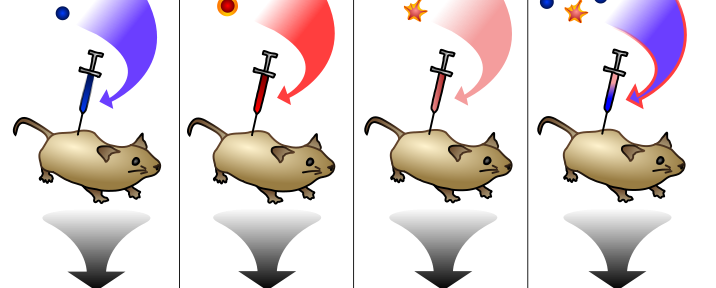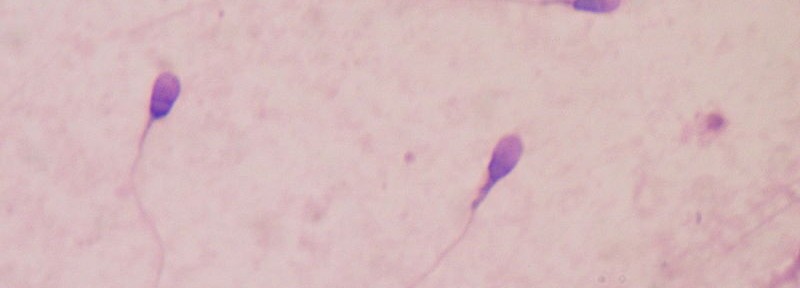In the previous post in our series on the genetic code, we chronicled the adventures of a number of chemists, biologists, and even an epidemiologist as they battled their way to a fundamental truth about genes. Spoiler alert for those who haven’t read it yet: genes are made of DNA. It seems like such a basic fact now; most middle-schoolers can recite it. But keep in mind that nearly a century separates Friedrich Miescher’s discovery of DNA from the widespread acceptance of DNA as the genetic material.


